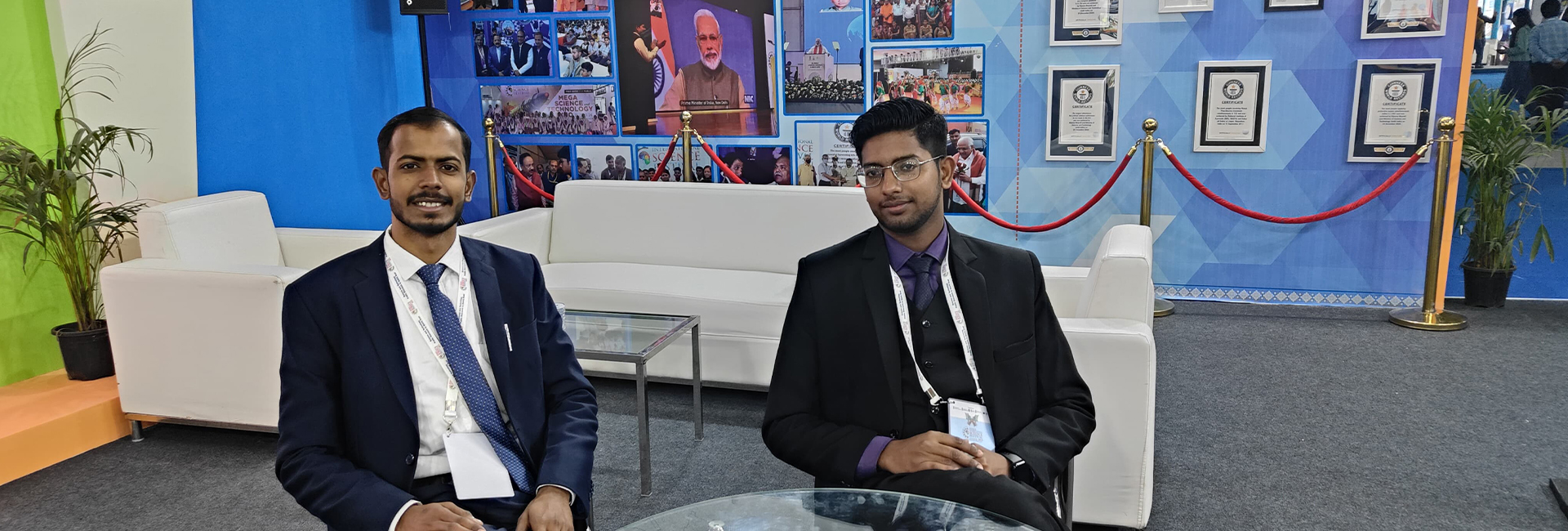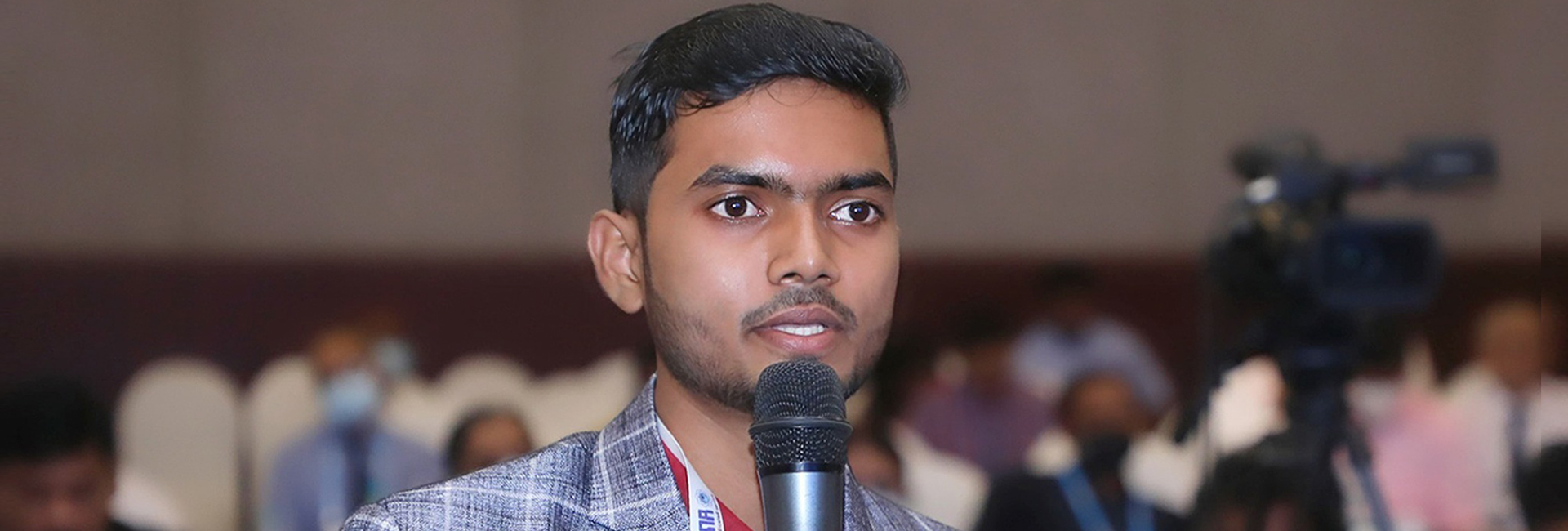(August 6, 2024) Uttar Pradesh-based 24-year-old Abhishek Kushwaha and 23-year-old Mohammad Kaif met as classmates when they enrolled in the same college for their undergraduate degree in electronics, and developed friendship. The youngsters soon realised that the laboratory in their college, as well as other institutions in their area, had a critical shortcoming – a lack of maintenance facilities. When lab equipment broke down, it was never fixed, as there was nobody to provide this essential service. This significantly hit the lessons of the students, as they were unable to fully utilise the labs and struggled to grasp the practical aspects.
They also noticed that nothing new was being added to the laboratories to benefit the students. The youngsters decided to address these vital gaps, and founded Abonics India in 2021, while still in college. Through their entrepreneurial spirit, innovations and innovative approach, the youngsters are driving positive change with their solution-focused edtech startup.
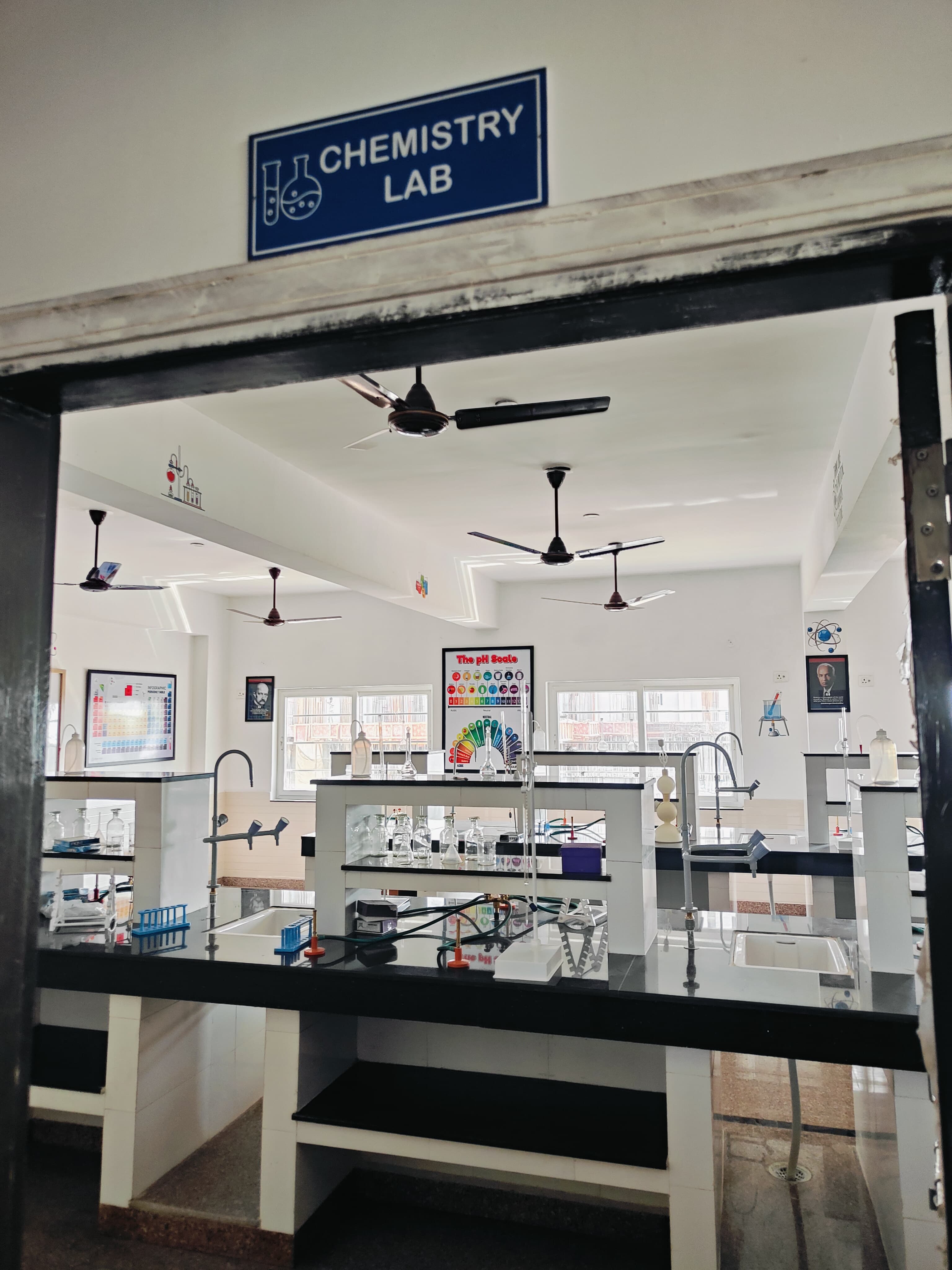
One of the labs created by Abhishek and Mohd Kaif’s edtech startup
“So far, in and around Kushinagar, Maharajganj, Deoria and Gorakhpur, we have helped develop over 40 labs in schools and colleges and provided renovation or maintenance services to more than 150 labs. Additionally, we are in discussions with approximately 50 institutions to improve their lab facilities by opting for our services,” Abhishek tells Global Indian.
Making a difference
“I have often heard that “experimentation is the mother of innovation,” but the question is, how can you experiment effectively if your tools are outdated? Even today, students in our schools conduct experiments in the traditional way. While everything else is evolving, the laboratories and equipment in our educational institutions remain the same. That’s why we are here – to transform our theoretical India into a practical India,” highlights Abhishek who is also an innovator of several solution-oriented products for elderly, people with disabilities and young learners.
The entrepreneurs’ edtech startup assists in lab setup, design, development, and maintenance, tailored to the needs of each institution they collaborate with. “We make our clients’ laboratories functional, innovative, engaging, and inspiring so that the kids are inspired to learn and get motivated to innovate,” says Mohd Kaif. “Our mission is to enhance STEM education through the latest practical learning facilities.”
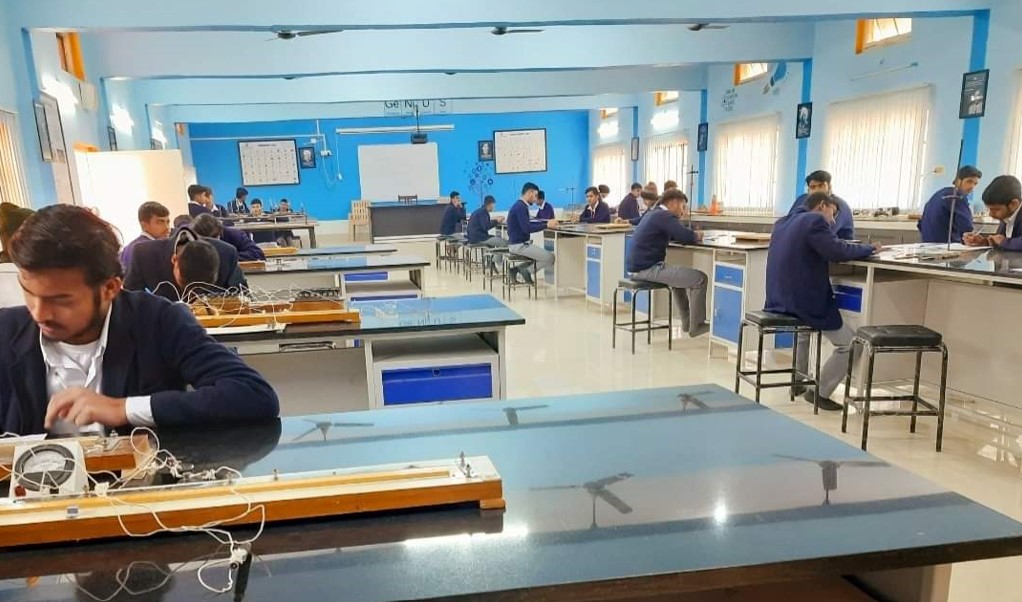

Students at a lab created by Abhishek and Mohd Kaif’s edtech startup
Driving change in mindset
This is not just an entrepreneurial venture for the youngsters but also a vehicle to drive change in mindsets. “Schools and colleges in Tier 1 and Tier 2 cities are well aware of the significance of labs, but since we have been working in Tier 3 cities and villages, it’s a challenge to convey why labs are essential,” Abhishek remarks. “There are many instances when we have to explain and convince the school and college authorities about the importance of laboratories for the educational growth of their students.”
Apart from working with older institutions that lack lab facilities, they are also collaborating with new institutions to meet the requirements set by affiliation authorities.
Creating solutions
To set up a lab many scientific equipment, glassware and chemicals are required. Although the entrepreneurs source several products from different suppliers, they have even started manufacturing about a dozen small instruments for the labs on a small scale. “We aim to start a factory to manufacture hardware items on a larger scale in near future,” remarks Abhishek who has a knack for scientific innovations since he was small.
He had participated in the National Children’s Science Congress in 2018, where he presented his innovation – a multipurpose walking stick. Recently, he was granted a patent for this invention by the Government of India.
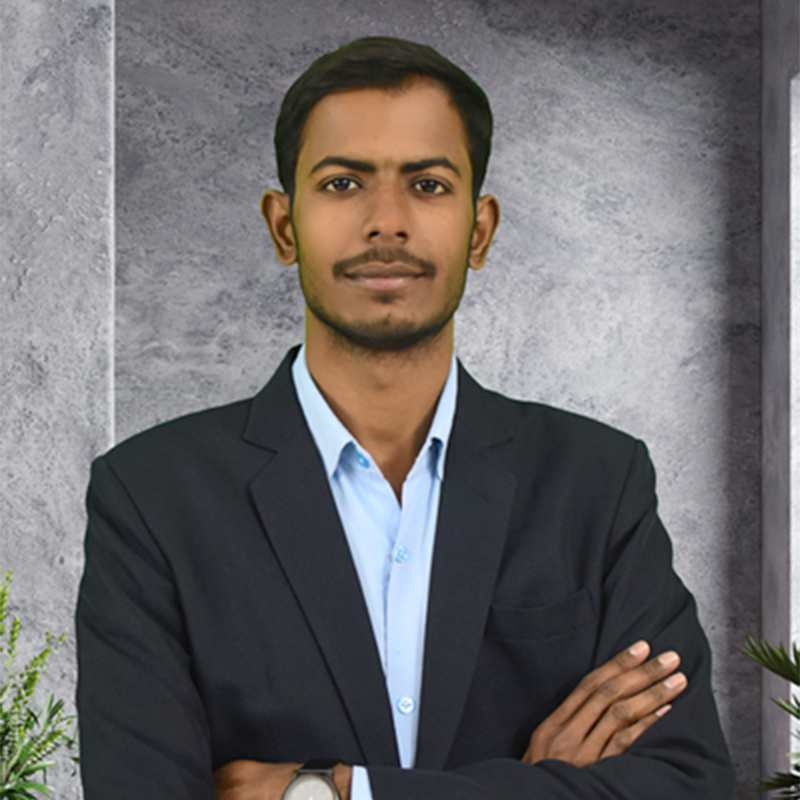

Abhishek Kushwaha | Indian Entrepreneur
Inspired by his grandfather’s struggle with walking, Abhishek had created the multipurpose digital walking stick for the elderly. The stick is equipped with a torch, radio, and other features. One of his other innovations is a device to assist the disabled, which has been recognised by organisations like CGES and Leadwin for being an outstanding contribution in the sphere of disability assistive technology and eco-friendly manufacturing, as it replaces wood.
Last year Abhishek was also honoured with the Bharat Gaurav Samman in Rashtriya Shaikshik Mahakumbh 2022 organised by the founder of Super 30 Anand Kumar in the presence of the Deputy CM of Uttar Pradesh.
Under his leadership, their startup has applied for patents for 20 more innovations, many of which are related to lab enhancement and practical learning solutions. “We aim to promote robotics, AI, and machine learning through our initiatives and innovations so that children can grasp these technologies and have a bright future,” Mohd Kaif remarks.
Their edtech startup comprises a team of 40 individuals, including advisors, an operations team, a research team, a marketing team, and a few bright children with an innovative bent of mind. These children get a platform to enhance their learning while being associated with the organisation as interns, working on solutions. For instance, there is a child innovator, Parth Bansal, who has even received the PM Bal Puraskar for his innovation, and is an integral part of the Abonics India team.
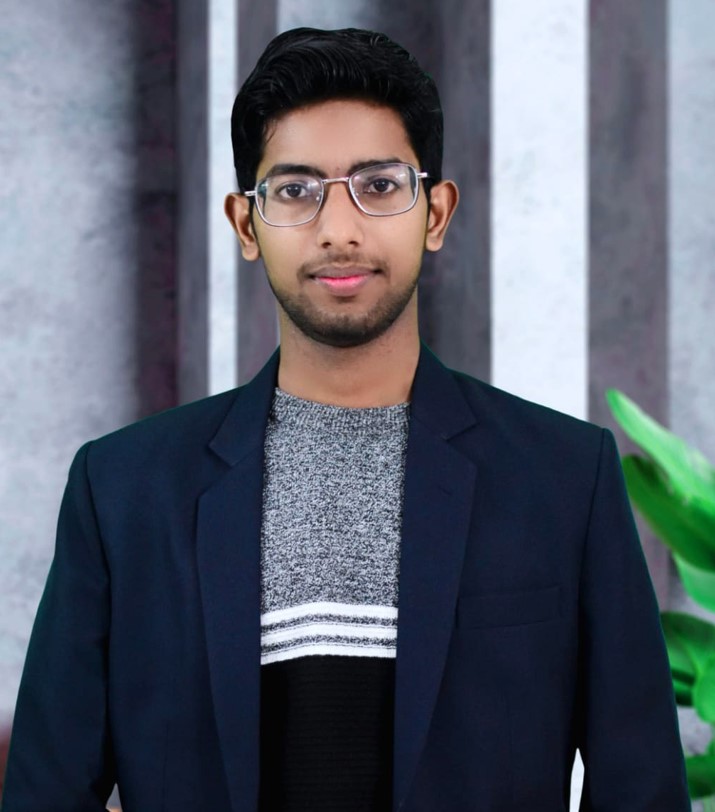

Mohd Kaif
Mentorship and support
“When we had come up with the startup idea as undergraduate students, we had shared it with our teachers who supported us in pitching our idea at the annual U.P. start-up conclave and we ended up being the finalists,” tells Mohd Kaif.
With this milestone, the young entrepreneurs got the opportunity to enhance their business skills at the innovation hub of Dr A.P.J. Abdul Kalam Technical University, Lucknow, which provided them with an incubation facility. “They supported us a lot and even helped us with a Start-in-UP fund of ₹750,000,” he informs.
Support from JEC-P
Since last year, the edtech startup has been associated with the Jagriti Enterprise Centre-Purvanchal (JEC-P), an incubator centre that supports small and medium enterprises in Tier 2 and 3 cities of India.
“They have helped us with workshops and mentorship that have enhanced our business skills,” Mohd Kaif shares. “They introduced us to Mr Rajesh Kachroo, who has had a distinguished career, holding high positions such as Senior Vice President at Times of India, Senior Vice President and Principal Officer (Global BFSI) at HCL Talent Care, and is currently Vice President of Learner Success at the Wadhwani Foundation. He is a great personality and has helped us accelerate our startup’s growth through better marketing strategies and improved market presence,” he mentions.
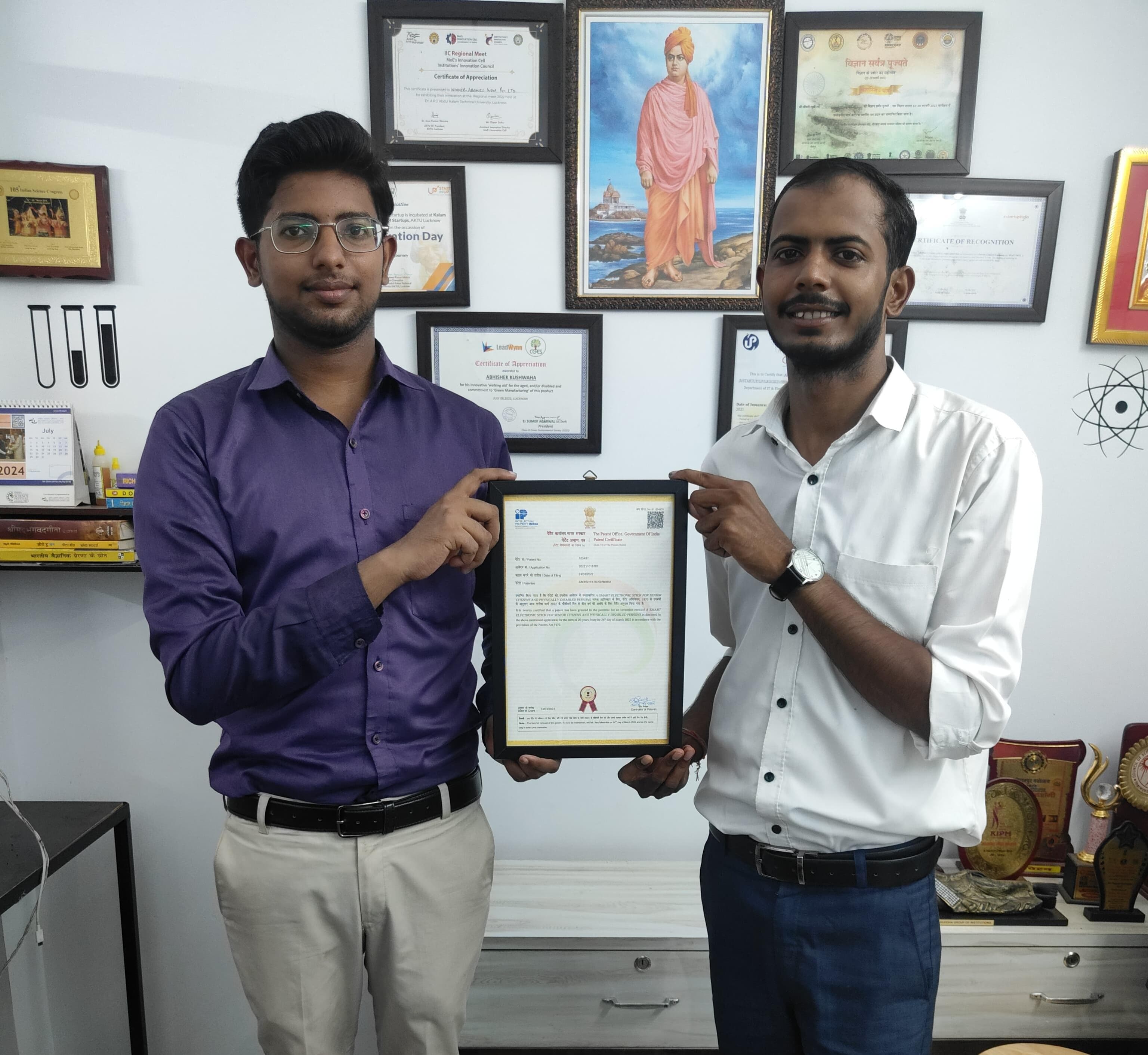

Abhishek and Mohd Kaif with the copy of patent received for the digital walking stick
Juggling studies and entrepreneurship
The edtech entrepreneurs, driven by a mission to transform the education sector and STEM learning facilities, have balanced their studies and business venture from the start. While Abhishek completed his master’s in electronics last year, Mohd Kaif is pursuing his MCA at Harcourt Butler Technical University in Kanpur.
“It’s difficult to focus on both fronts, and sometimes studies take a backseat,” he says. “However, our teachers have been supportive. My university has even provided me with office space, allowing me to work on my startup while on campus.” The youngsters look at themselves as not just business-oriented entrepreneurs but also as innovative minds. Apart from their venture, which helps solve a societal problem, they plan to keep on working on innovations and developing new products for the benefit of young learners and other strata of society.
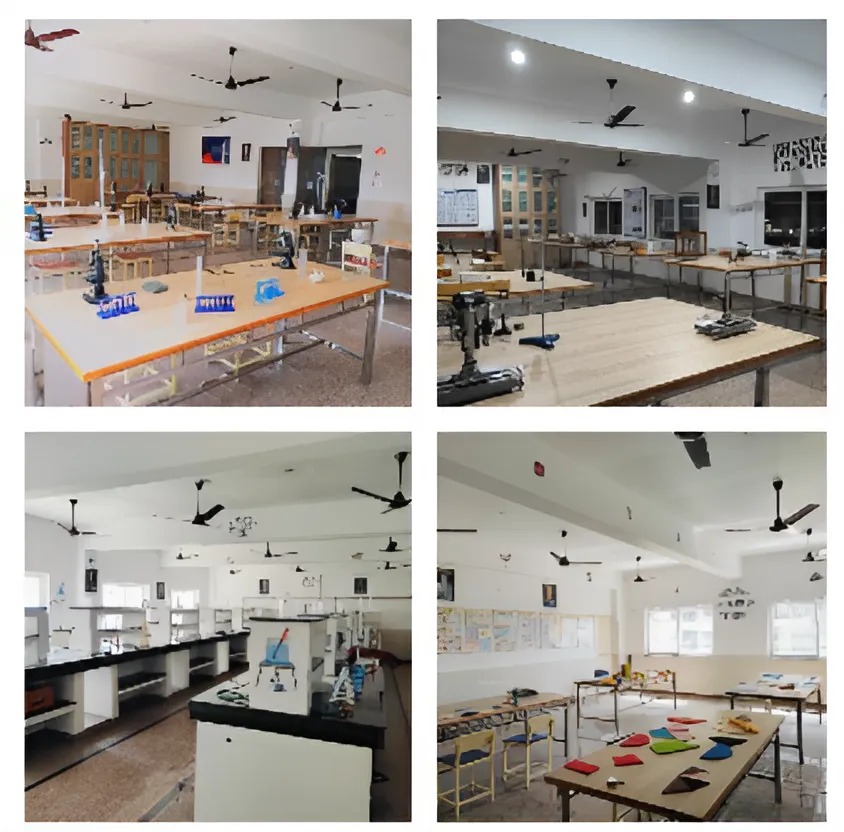

Some of the labs created by Abhishek and Mohd Kaif’s edtech startup, Abonics India
- Follow Abhishek Kushwaha and Mohd Kaif on LinkedIn

